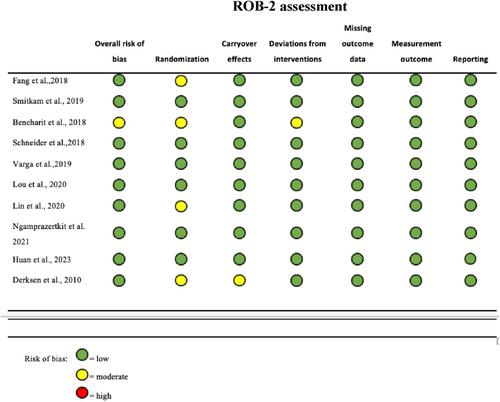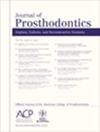Depth distortion and angular deviation of a fully guided tooth-supported static surgical guide in a partially edentulous patient: A systematic review and meta-analysis
Abstract
Purpose
This systematic review and meta-analysis aimed to evaluate the depth distortion and angular deviation of fully-guided tooth-supported static surgical guides (FTSG) in partially edentulous arches compared to partially guided surgical guides or freehand.
Material and Methods
This study followed the Preferred Reporting Items for Systematic Reviews and Meta-Analyses (PRISMA) guidelines and was registered in the Open Science Framework (OSF). The formulated population, intervention, comparison, and outcome (PICO) question was: “In partially edentulous arches, what are the depth distortion and angular deviation of FTSG compared to partially guided surgical guides or freehand?” The search strategy involved four main electronic databases, and an additional manual search was completed in November 2023 by following an established search strategy. Initial inclusion was based on titles and abstracts, followed by a detailed review of selected studies, and clinical studies that evaluated the angular deviations or depth distortion in FTSG in partial arches, compared to partially guided surgical guides or freehand, were included. In FTSG, two surgical approaches were compared: open flap and flapless techniques, and two digital methods were assessed for surgical guide design with fiducial markers or dental surfaces. A qualitative analysis for clinical studies was used to assess the risk of bias. The certainty of the evidence was assessed according to the grading of recommendations, assessment, development, and evaluations (GRADE) system. In addition, a single-arm meta-analysis of proportion was performed to evaluate the angular deviation of freehand and FTSG.
Results
Ten studies, published between 2018 and 2023, met the eligibility criteria. Among them, 10 studies reported angular deviations ranging from -0.32° to 4.96° for FTSG. Regarding FTSG surgical approaches, seven studies examined the open flap technique for FTSG, reporting mean angular deviations ranging from 2.03° to 4.23°, and four studies evaluated flapless FTSG, reporting angular deviations ranging from -0.32° to 3.38°. Six studies assessed the freehand surgical approach, reporting angular deviations ranging from 1.40° to 7.36°. The mean depth distortion ranged between 0.19 mm to 2.05 mm for open flap FTSG, and between 0.15 mm to 0.45 mm for flapless FTSG. For partially guided surgical guides, two studies reported angular deviations ranging from 0.59° to 3.44°. Seven studies were eligible for meta-analysis, focusing on the FTSG in open flap technique, with high heterogeneity (I2 (95%CI) = 92.3% (88.7%–96.4%)). In contrast, heterogeneity was low in studies comparing freehand versus FTSG in open flap techniques (I2 (95%CI) = 21.3% (0.0%–67.8%)), favoring the FTSG surgical approach.
Conclusion
In partially edentulous arches, FTSG systems exhibited less angular deviation than freehand and partially guided surgical guides. Flapless surgical approaches were associated with reduced angular deviation and depth distortion, suggesting a potential preference for the FTSG method in these procedures.


 求助内容:
求助内容: 应助结果提醒方式:
应助结果提醒方式:


